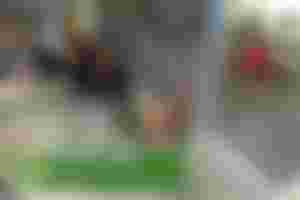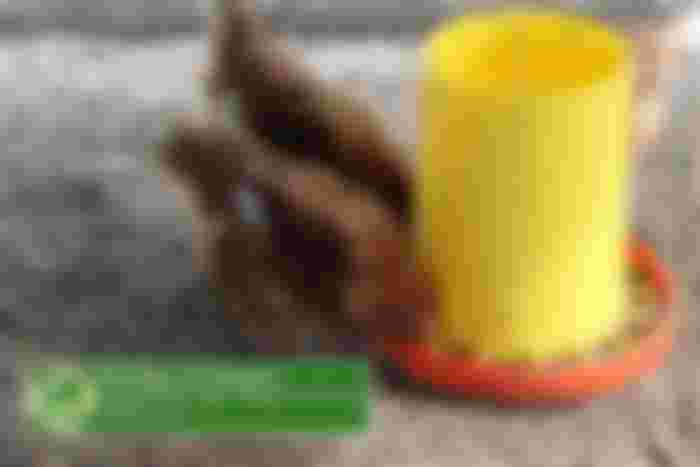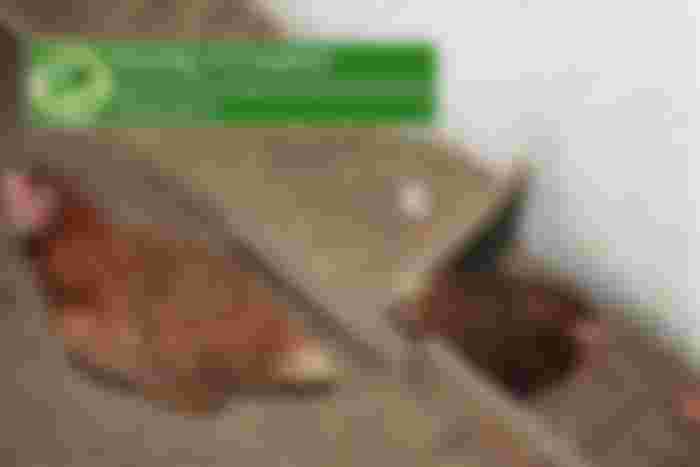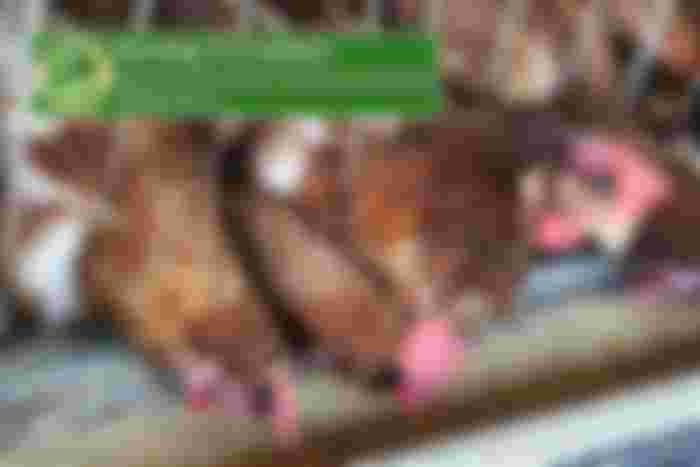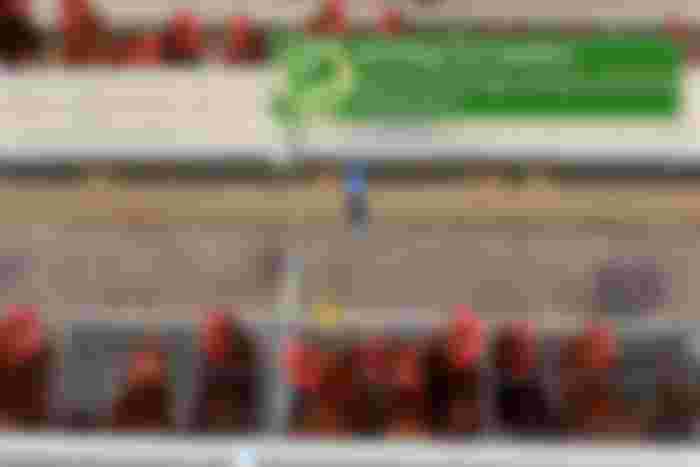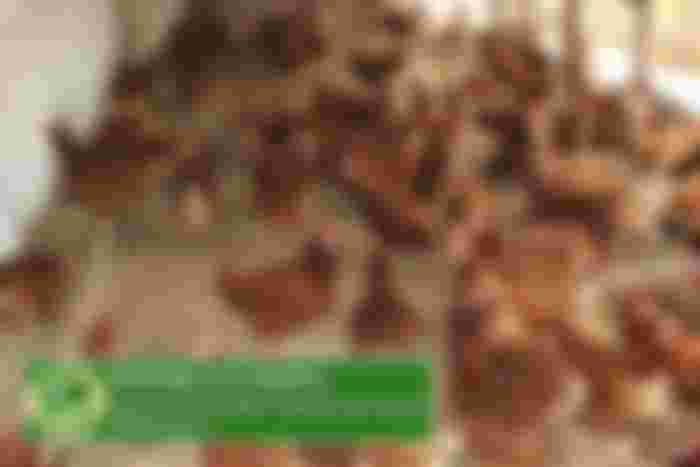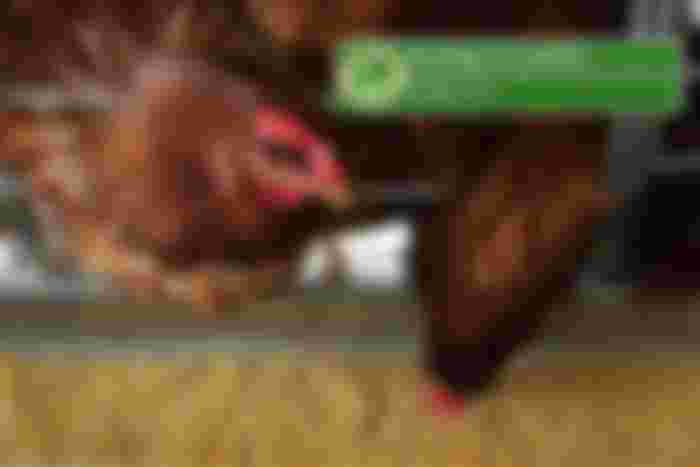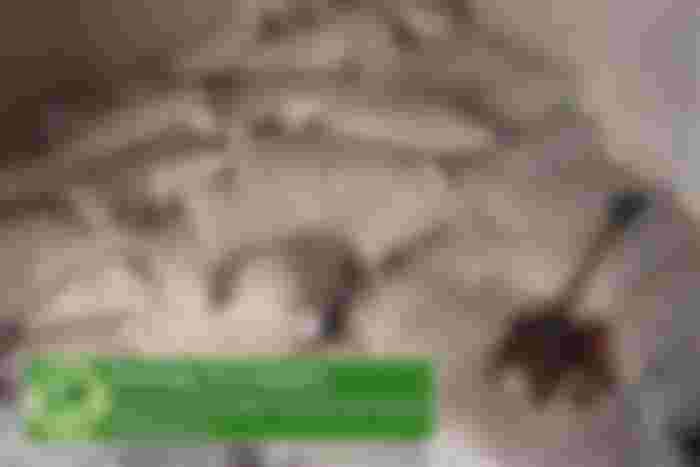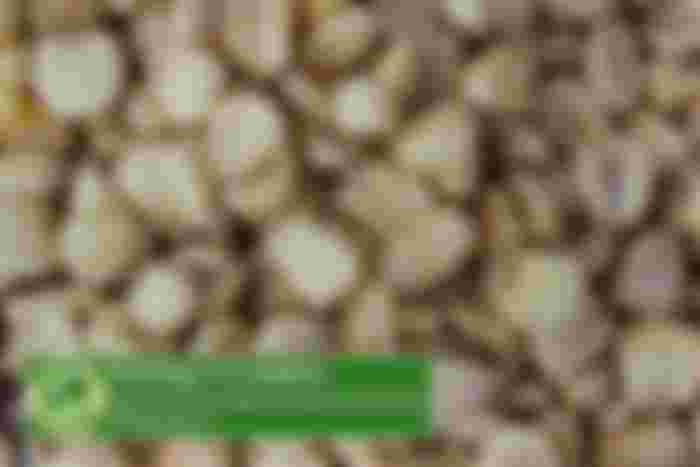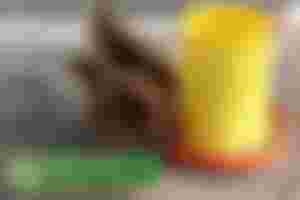
The first thing that we have to mention in this publication is that feeding laying hens is not the same as feeding chickens for fattening, since these are fed constantly day and night, while laying hens are supplied between 115 and 120 grams of food per day.
It should also be said that in this publication, when we use the word Food we refer to foods specially formulated for these birds by specialists or companies that are dedicated to produce poultry food.

Food specially formulated for laying hens must have proteins, vitamins and minerals in perfect balance, since an inadequate supply of any of these nutrients can severely affect the daily production of eggs. One of the minerals that most influences this is calcium; remember that the eggshell is largely made up of this mineral and if the bird does not have enough in it, it will not be able to produce eggs.

At approximately 18 weeks, that is, at 126 days of age of the bird, it will begin its productive cycle and that is when it will need a food specially formulated for egg laying. In the farms of raising or in the units of production that reproduce and raise their own hens, the feeding also must be controlled in order that at 18 weeks the bird is weighing 1.6 Kg which is the recommended weight to start the posture cycle.

One of the main reasons why the food that is supplied to the hens is dosed in this way, is to prevent the egg from being trapped in the bird's oviduct at the time of laying due to excessive body volume (overweight).
Another good reason why the food given to laying hens is dosed, is that being overweight increases the risk of heart attacks in birds and remember that the laying cycle of the hens can last 80 weeks, that is, about 560 days in which we must minimize mortality.
On the other hand, if we have chickens that are consuming less food, there is a risk that these birds will decrease production early due to lack of nutrients, and this could also cause these chickens to be more susceptible to disease due to bad nutrition.
At this point we must take into account that, like other living beings, hens will also compete for available food, so you should not place very young chickens with older chickens.

This applies equally if the hens are raised in cages, pens or in sheds with outdoor spaces where the hens can leave during the day; In all these cases, birds of different ages should not be placed together to avoid competition for food.
For example, in each group of cages all hens must be the same age and in case there is a need to remove deceased birds and introduce new birds, we must introduce hens at ages very close to those already in the cage.
That is to say that if in a cage with capacity for 8 hens, we have hens with 30 weeks of age and we need to introduce 2 new hens, we can introduce hens with 26 weeks of age but not hens of 18 weeks, since the latter would be very young and the 30-week-old hens would take a good portion of the food that would correspond to these two 18-week-old hens, which would result in 2 birds that do not get adequate food and 6 birds that will be overweight.

In the case of pens and farms where hens can go outside, it is recommended that when new birds are introduced to the pen or the shed, they are age as close as possible to the hens that are already in that area.

It is also convenient to ensure good posture and adequate consumption of chicken feed, keep the pen clean and avoid all stress factors for hens. During the entire production cycle the hen should gain a maximum of 450 to 500 grams, so its weight would range between 2 and 2.1 kg.
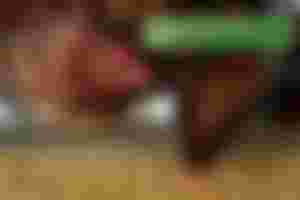
If before the end of the production cycle our birds weigh much more than 2 Kg we can say that we are having an unwanted fattening, which can result in an increase in the chances of suffering a heart attack or that their eggs get stuck In the oviduct.
The food should be stored in a dry, ventilated and shaded place, if the food is contaminated it is not convenient to give it to the hens since we can create adverse conditions that affect their health. For example, if the food is stored in a place with high humidity or where there are water leaks that can wet it, moss can develop in the food; If we give this food in these conditions, the birds may suffer from diarrhea.

After 80 weeks the production of eggs decreases considerably, from this point the birds can be kept in production but the yields are low, that is, we can have an egg posture every 3 days.
Finally, we would like to mention that laying hens can be fed with earthworms in case of emergency, that is, when for some reason food is not available on the farm. It is certainly not a recommended practice to maintain a good egg posture since, as we have mentioned before, it is required that the hen acquires vitamins and minerals in a very balanced way.

Earthworms may be an alternative protein source for our hens, but they will not be enough for feeding; It is necessary to complement it with grains such as corn or wheat to allow our birds to maintain as much as possible a weight between 1.6 kg to 2 kg and not suffer from malnutrition. However, as we mentioned earlier, the hen needs to consume a quantity of vitamins and minerals in a balanced way every day in order to produce eggs.
While it is true that there are still wild species such as Gallus gallus bankiva (ancestor of the hen and domestic chickens) that are capable of feeding on their own in nature, although it is also true that poultry farming precedes for thousands of years to the invention of balanced foods; The production of eggs on a commercial level requires these foods to be able to guarantee that each hen is able to lay a daily egg, otherwise the hen could also lay eggs (it is its nature) but it could not count on a daily production, but with the posture of 1 egg in an average of 3 to 4 days.
If for any situation you are in need of feeding your hens in an alternative way to commercial foods or foods formulated by a specialist, the best we could recommend is to feed the hens with earthworms, corn, wheat, sorghum, soy and rice; giving our birds these ingredients in the most balanced way possible and it should be noted that one of the minerals that our hens will need in large quantities is calcium; remember that the eggshell is largely made up of this mineral, without which hens will not produce eggs.

It may be advisable to provide calcium to our birds through supplements that are suitable for them, we must also take into account that our chickens will need generous amounts of protein a day; remember that both the white and the yolk of the egg are rich in this nutrient.
Another thing that could also be recommended is to mix the aforementioned ingredients with the balanced feed to yield it, all these changes in the feeding should be supervised by a veterinarian to be able to ensure that our birds are not poorly fed.
We emphasize that these alternative feeding methods for laying hens are for emergencies, where balanced food is not available and when there is no possibility of formulating and manufacturing this food on their own. We also have to say that these alternative methods do not guarantee yields in terms of weight, size and constancy of egg posture; We recommend its use as a way to prevent our hens from suffering from hunger and malnutrition until they can acquire balanced feed.
On the other hand, if you breed Creole Laying Hens in your backyard only for family consumption, you can use the above-mentioned feeding methods as regular feeding of your birds; since in that case you will not need to have an egg production that provides an economic yield to maintain a farm, but with a production that satisfies the consumption of your family nucleus.
